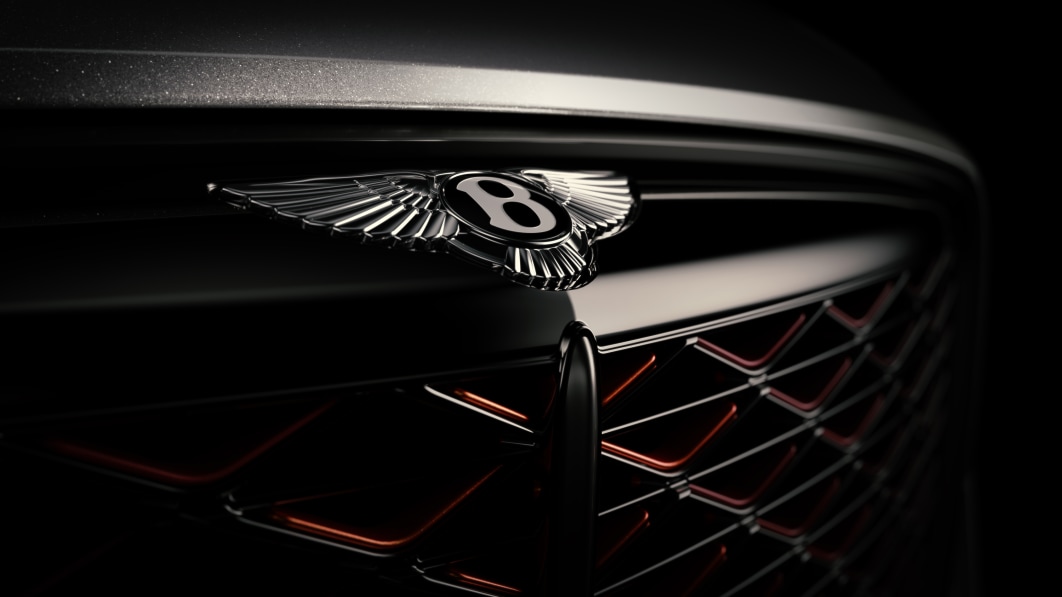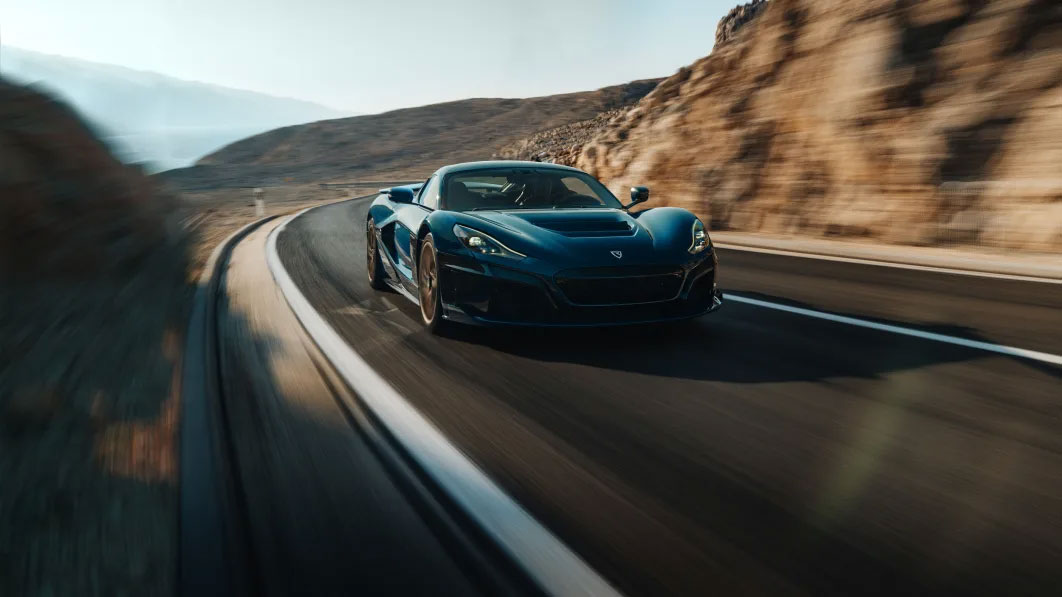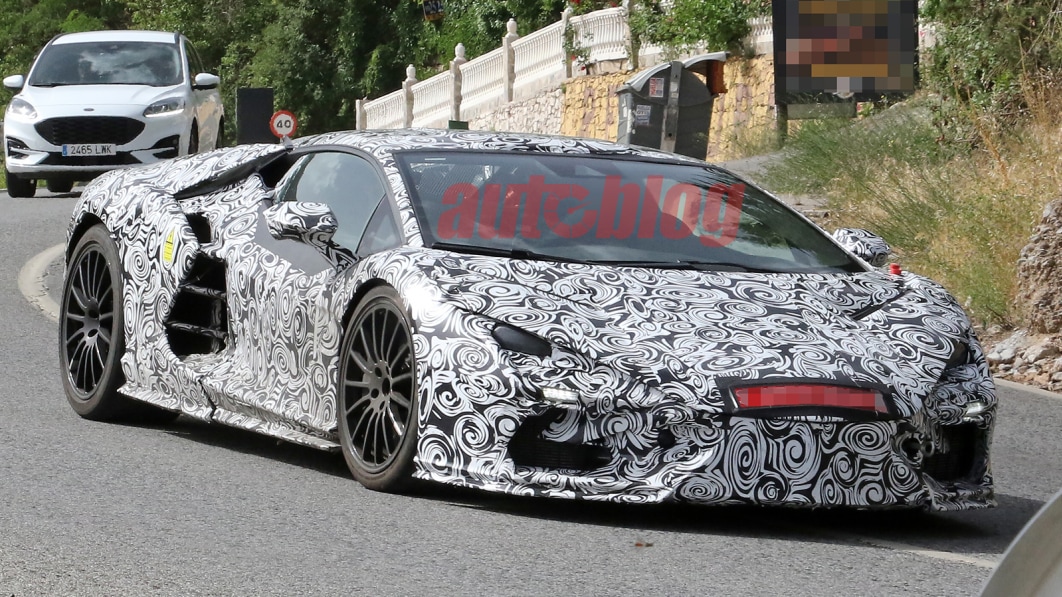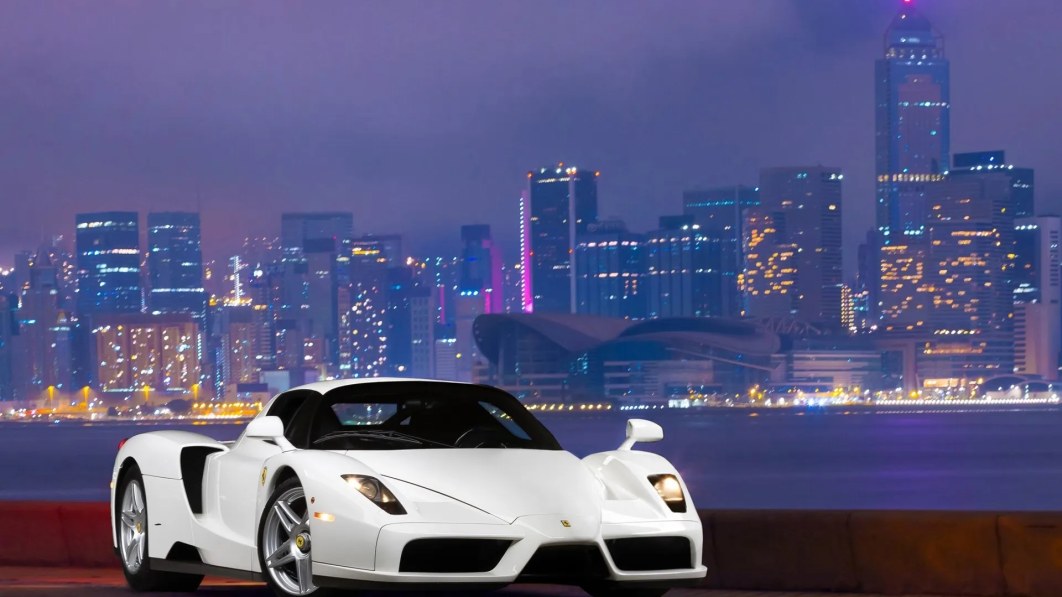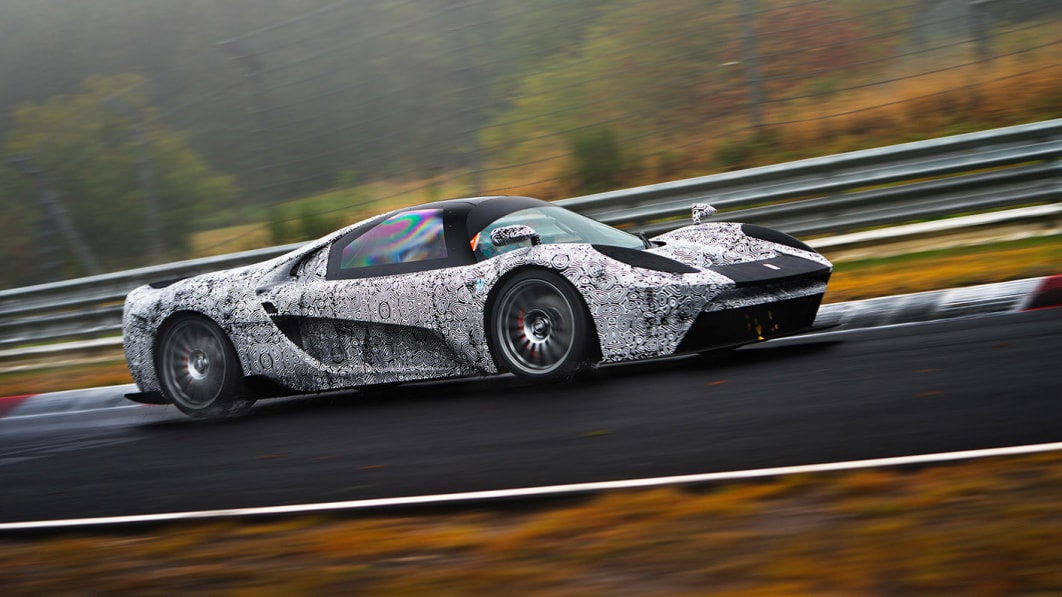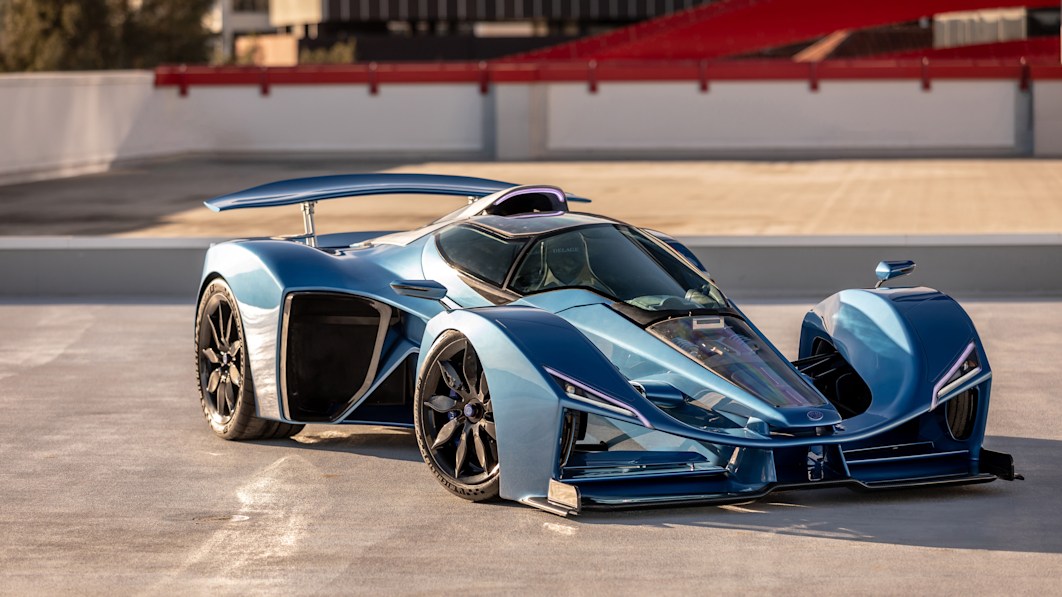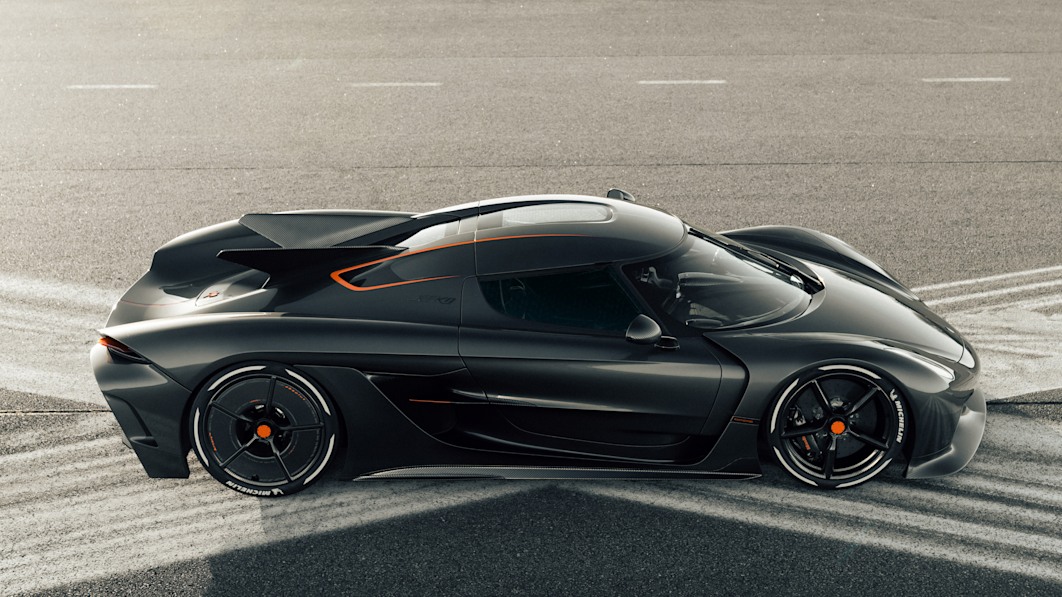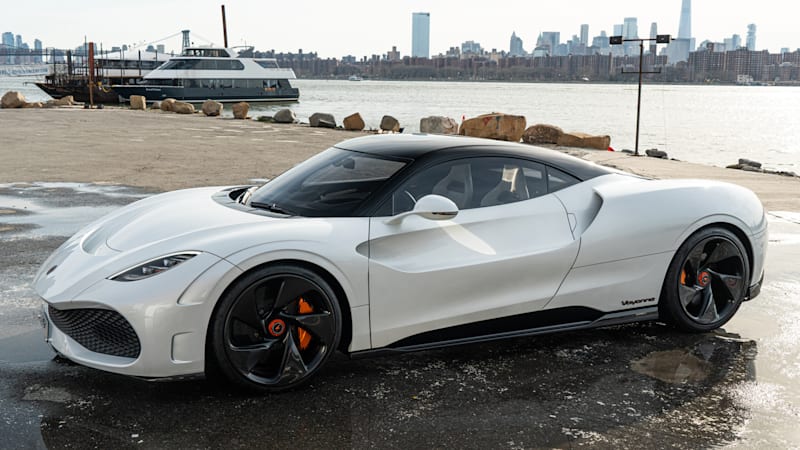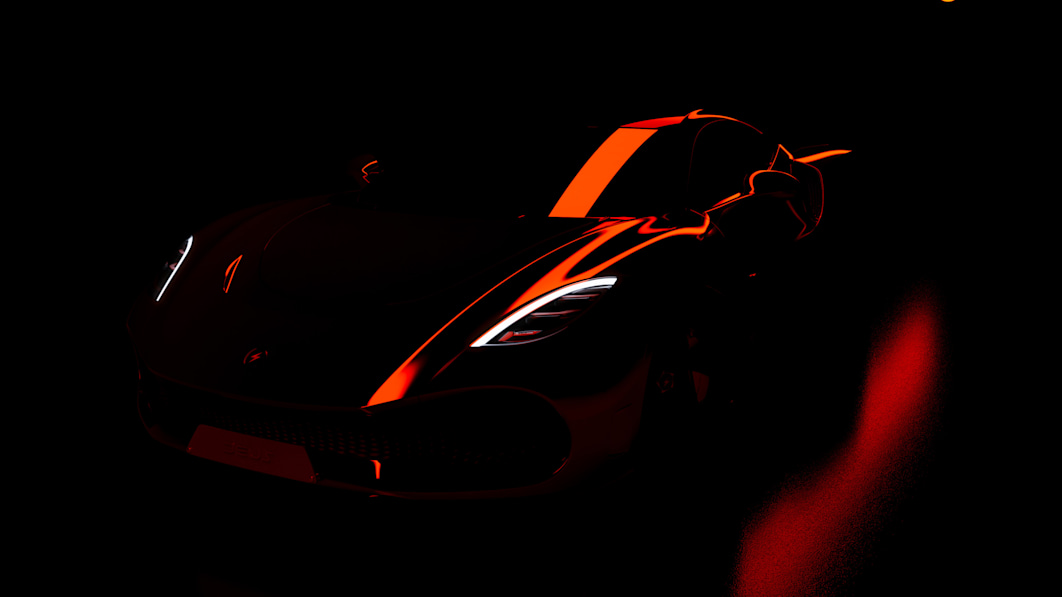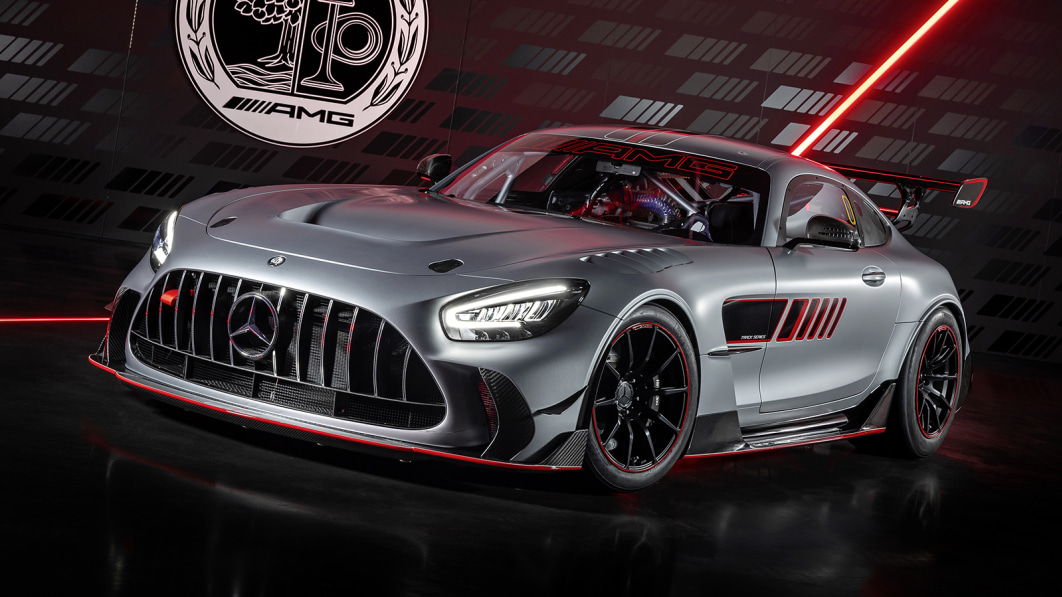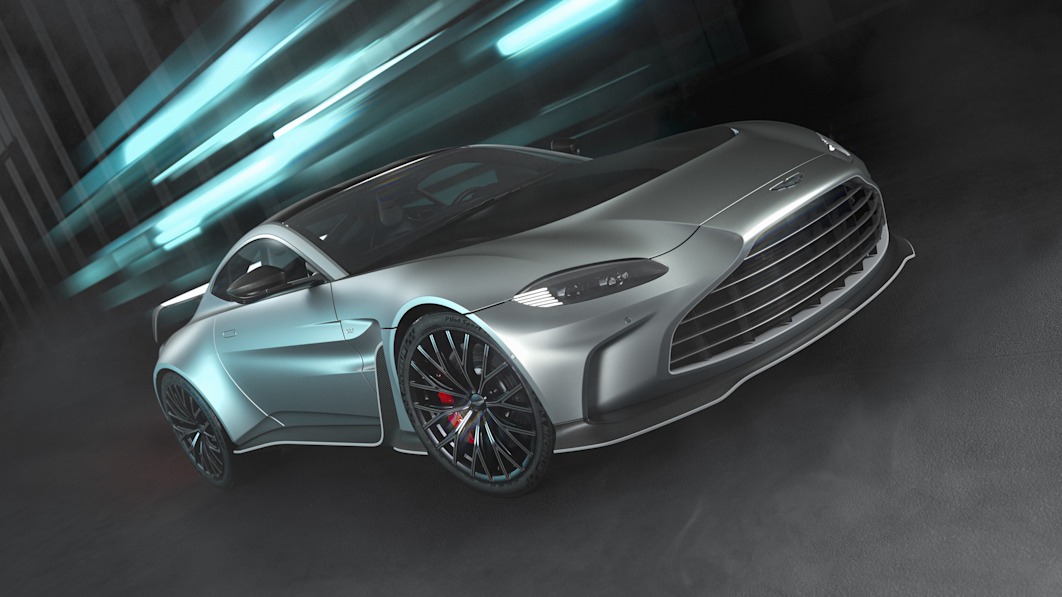Aston Martin DBR22 is a retro roadster for the lucky few
It’s Pebble Beach Concours week, and you know what that means: high-end automakers showing new exotic machinery. Kicking things off is the Aston Martin DBR22. Aston calls it a concept, but that’s more of a stretch than Honda with its “prototype” car reveals. The company has said it will build some. The exact number hasn’t been given, but don’t expect many. The company highlighted a couple of its previous special models such as the Vulcan and V600, each of which were made in numbers below 30 units.
The car is more specifically from Aston’s “bespoke” division, Q, and it’s a celebration of the division’s tenth anniversary. It takes its design inspiration from far longer ago, though. The DBR22’s dramatic curves, lack of a windshield and towering cowls are all based on the company’s 1950s race cars, particularly the DB3S and DBR1 (which already inspired another low-production Aston). The grille is even based on the latter’s. The entire exterior is unique to the DBR22, down to the headlights and full-width tail light bar. It’s all made of carbon fiber, too. The interior is also unique with leather wrapping most surfaces including the carbon seats. And being a product of the Q division, the handful of buyers will be able to customize pretty much every facet of the exterior and interior to their preferences.
No matter how an individual’s DBR22 looks, they should be the same under the skin. Aston’s twin-turbo 5.2-liter V8 sits below the vented hood and makes 705 horsepower and 555 pound-feet of torque. It sends power through an eight-speed automatic transmission to the rear wheels. Top speed is 198 mph, and it will hit 60 mph in 3.4 seconds. No mention was made of what platform the DBR22 is built on, but it likely shares similarities with the DB11 and DBS. It boasts upgrades, though, such as shear panels front and rear for greater rigidity, plus unique tuning for the adaptive shocks. Most interesting is the rear subframe. It’s made of multiple 3D-printed aluminum parts that have been bonded together. It’s a preview of future Aston Martin production techniques and the company says it has allowed them to make a lighter subframe than normal with the same rigidity. It also lets the company more easily produce custom parts for low-production models.
Aston Martin made no mention of when it will start building customer DBR22 models or when it will take orders. We wouldn’t be surprised if the company has already lined up buyers. And if not, well, potential buyers surely know whom to contact. For everyone else, the DBR22 will be on display at the Pebble Beach Concours d’Elegance this weekend.
Related Video:





